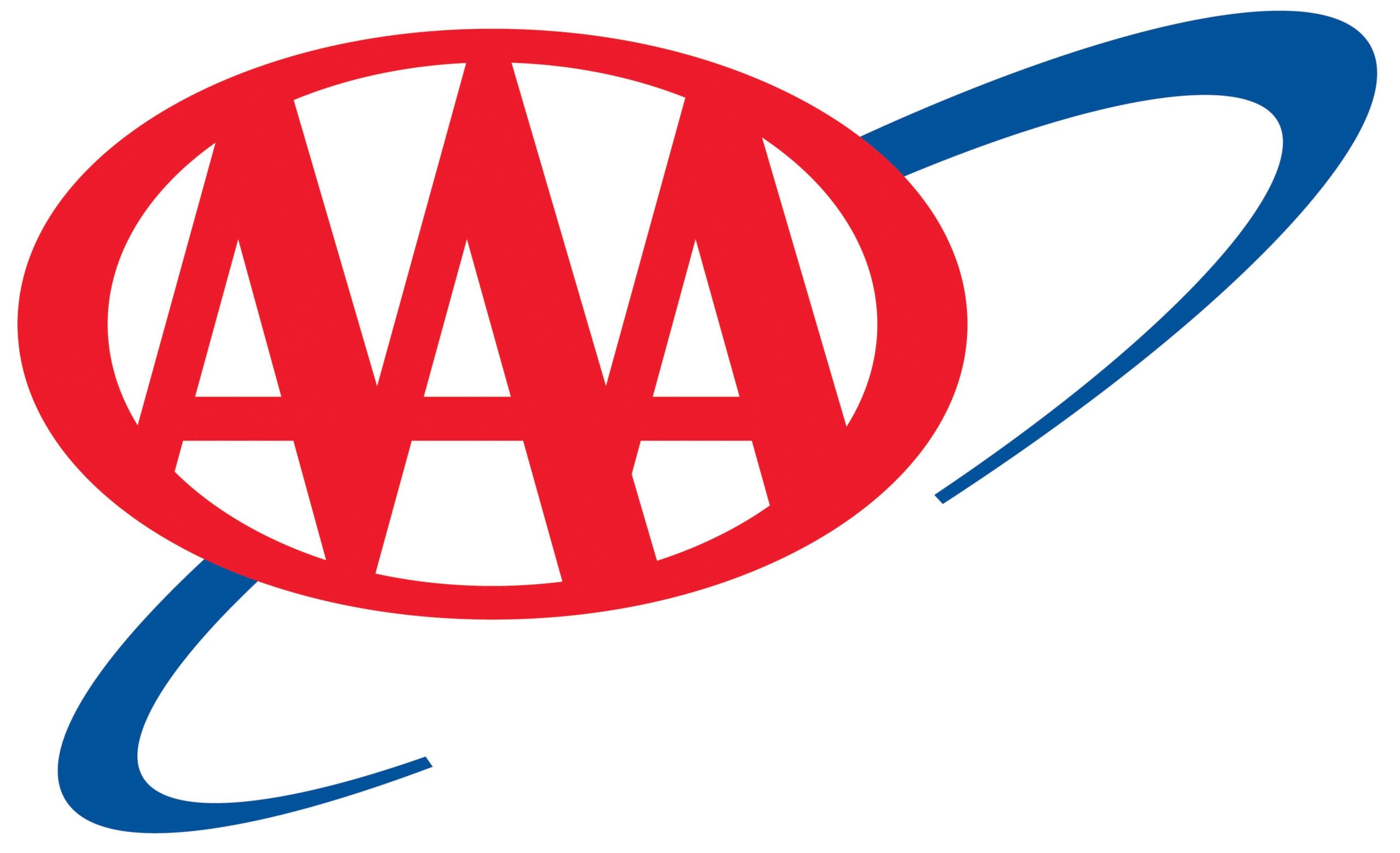Daylight Saving Time Presents Challenges to Motorists, Increases Risk of Drowsy Driving Crashes

Daylight saving time begins at 2 a.m. on Sunday, March 12, when the clocks in most U.S. states will “spring forward.” AAA East Central advises motorists and pedestrians to make the proper adjustments for safer travel.
“Many will find on Monday that their normal morning commutes will be darker than they’re used to, which can be especially dangerous for pedestrians and children waiting at bus stops,” says Theresa Podguski, director of legislative affairs, AAA East Central. “Moreover, less sleep can lead to an increase in the number of drowsy drivers, so motorists should prepare themselves to adjust to losing an hour of sleep and then driving in darker conditions.”
Research by the AAA Foundation for Traffic Safety revealed that drivers who don’t get enough sleep put everyone on the road at risk, and that drowsy driving crashes are nearly eight times more prominent than indicated by federal estimates due to the difficulty in detecting drowsiness following a crash. Moreover, the Centers for Disease Control and Prevention says that 35 percent of U.S. motorists sleep less than the recommended minimum of seven hours daily – which could be exacerbated by this weekend’s time change.
The most common symptoms of drowsy driving include:
- Having trouble keeping your eyes open.
- Drifting from your lane.
- Not remembering the last few miles driven.
Given that drowsy driving can be as dangerous as drunk driving, AAA East Central advises motorists to take the following steps:
- Plan for an extra hour of sleep to offset the time change.
- Avoid heavy foods before driving.
- Avoid medications that cause drowsiness or other impairment.
- For longer trips, schedule a break every two hours or 100 miles.
Additionally, pedestrians should take the following steps to increase their safety:
- Pay attention while walking, especially near crosswalks.
- Wear bright colors or reflective clothing at dusk and at night.
- Carry a flashlight when walking in the dark.
- Make eye contact with drivers when crossing streets.
- Walk on the sidewalk, or walk facing traffic if there are no sidewalks.
- Cross at intersections, and never run out from in between parked cars on the side of the road.
AAA East Central is a not-for-profit association with 70 local offices in Kentucky, New York, Ohio, Pennsylvania and West Virginia serving 2.7 million members. News releases are available at news.eastcentral.aaa.com. Follow us on Twitter and Facebook.





